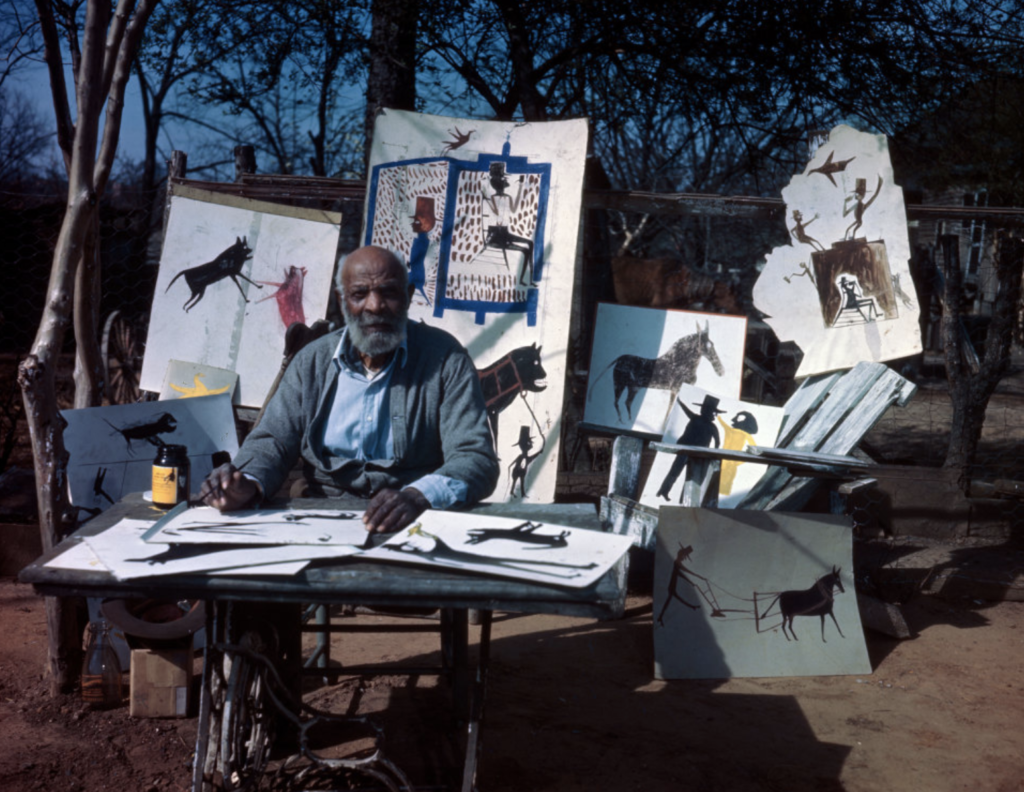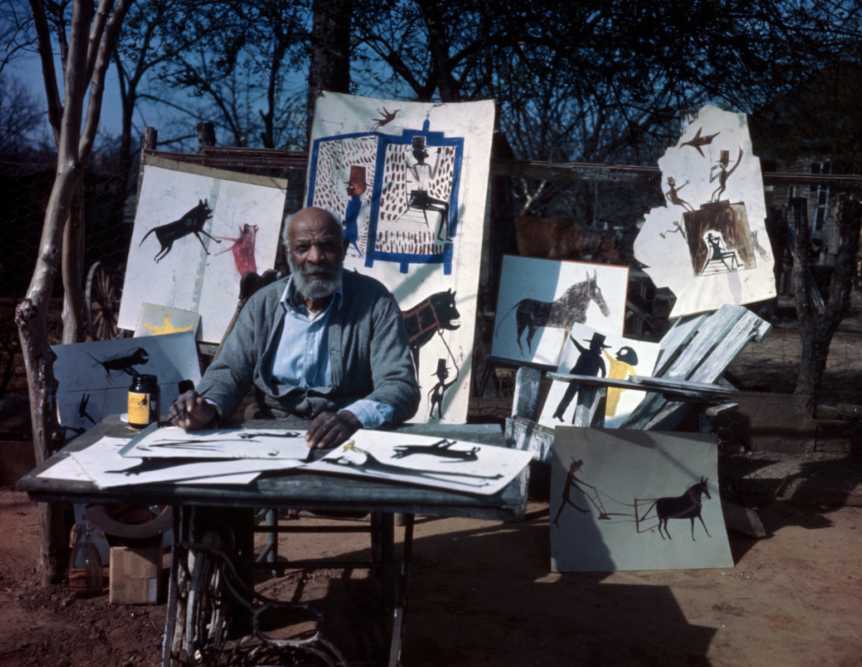What the editors of The Magazine ANTIQUES are looking at this week
Subscribe to the Wandering Eye for more.

CURATORS AND CORONETS
The New York Metropolitans baseball club has finally opened its 2021 season. Despite the influx of cash from their new owner—billionaire hedge fund manager and art collector Steve Cohen—the new Mets looked remarkably similar to the old Mets in their first contest. If that continues, perhaps a new logo would help things? One entrepreneurial fan has an idea for a logo that pays tribute to the Metropolitan Museum of Art. (Artnet)
By the way, did you happen to catch the latest episode of the Simpsons in which Marge hosts a watch party for the gala taking place at the satirical “Museum of Generational Wealth”—an institution clearly based on the Met? (Hyperallergic)
Take a look at the complex mechanical writing desks of French and English aristocracy, made in the Roentgen’s German workshop during the eighteenth century, and put through their paces by the Met museum’s video department. (Open Culture)
Queen Mary, consort of King George V, reigned during a turbulent time that included the entirety of World War I, and the run-up to World War II. As a respite, the queen spent much of her time with the Royal Collection, where she was responsible for adding more than two thousand objects to its holdings. Her passion for curating and cataloguing the collection she called her “one great hobby.” (Apollo)
With the imminent return of a looted Benin bronze—long at the University of Aberdeen—to its Nigerian home making headlines, the public is demanding greater transparency as regards cultural theft. In response to the news that the queen’s private residences are exempt from the Cultural Property (Armed Conflicts) Act of 2017, which places limits on the buying and receiving of unlawfully exported cultural property, an Oxford archaeology professor penned an op-ed arguing for more openness. (Guardian)
Sometimes the world’s greatest collections aren’t built by royalty and billionaires, but by average folks with a good eye, some savvy, and a whole lot of passion. Meet Michel-Jack Chasseuil, the oenophile owner of one of the world’s most prestigious collections of wine. Read the fascinating story of how his collection was amassed inside a cellar beneath a chicken coop in the French countryside. (Messy Nessy Chic)
We’ve read a lot about the mudlarks of the Thames who unearth thousands of historical objects, now meet New Yorker Scott Jordan, an urban archaeologist featured in the film The Artefact Artist, whose luckiest finds—including Revolutionary War-era musketballs, Civil War buttons, fragments of centuries-old pottery, pipe stems, bottles, dolls, and coins—were uncovered in nineteenth century landfills and privy wells. (Aeon)
ODDS AND ENDS
The remarkable life of the great self-taught artist Bill Traylor will be celebrated with a feature film documentary produced by Sam Pollard and directed by Jeffrey Wolf. Born into slavery in rural Alabama in 1853, Traylor spent much of his emancipated life as a sharecropper until the late 1920s when he relocated to Montgomery and began drawing and painting scenes of country and city life. Traylor went on to produce a body of nearly fifteen hundred works and was recently the subject of a major retrospective at the Smithsonian Museum of American Art. We’re very excited to see him brought to life in Bill Traylor: Chasing Ghosts. (Kino Lorber)
The eighteenth century Austrian sculptor Franz Xaver Messerschmidt fielded portrait commissions from the upper crust of Viennese society, and was to become professor at the Academy of Fine Arts before he went mad and fled the city to live isolated in a tiny home in the forest with only “a bed, a flute, a tobacco pipe, a water jug and an old Italian book on the proportions of the body.” There he created a series of sixty busts in alabaster and dull grey metal. The faces of these busts are profoundly expressive. (Apollo)
Also on faces, here’s a fun fact on why we refer to them as “mugs.” Don’t quote us because it’s not definitive, but very likely the slang comes from Toby jugs of the eighteenth century. If you don’t know what those are, check out some here. (Mental Floss)
During and after World War I, J. P. Morgan’s daughter Anne used her vast resources to support civilian aid in France through her organization the American Committee for Devastated France. A portal at the Morgan makes still and moving pictures that the committee commissioned, as well as miscellany like Anne Morgan’s letters, available for online viewing. (Morgan Library and Museum)
Of the nearly two thousand stave churches built in Norway and dating to the Middle Ages, only around thirty remain. Preservation of these post-and-lintel buildings has required research into the sophisticated weatherproofing methods employed during their construction, which involved the laborious production of tar. (Atlas Obscura)
With the debaucheries of Michel Foucault in the news, perhaps it’s an appropriate time to reexamine the subject of illicit love. Editor Becca Rothfield does just that in her essay about French filmmaker Éric Rohmer, focusing on his six “Moral Tales,” each about a different almost affair. If free love is the enemy of passion, in Rothfield’s analysis, “Rohmer raises the stakes of adultery until it becomes a scandal again.” (Cabinet)

